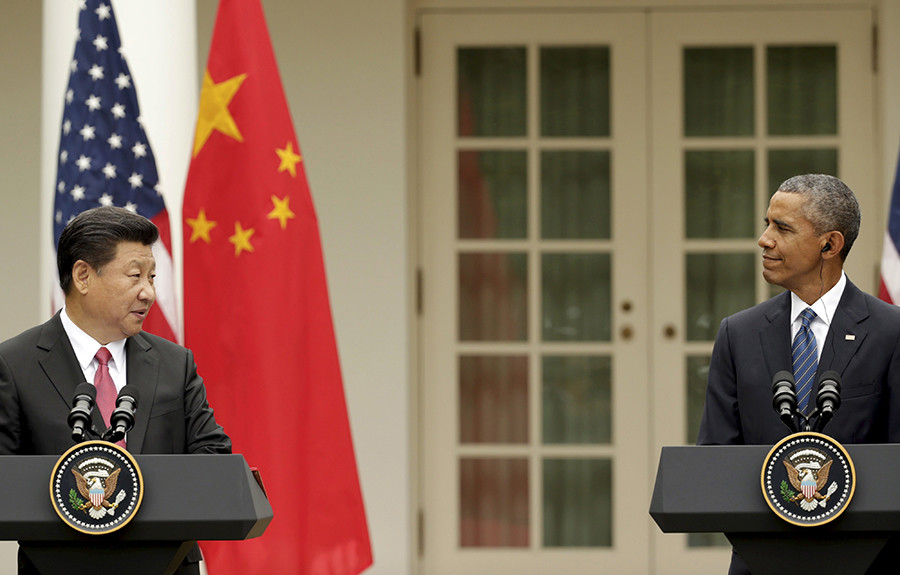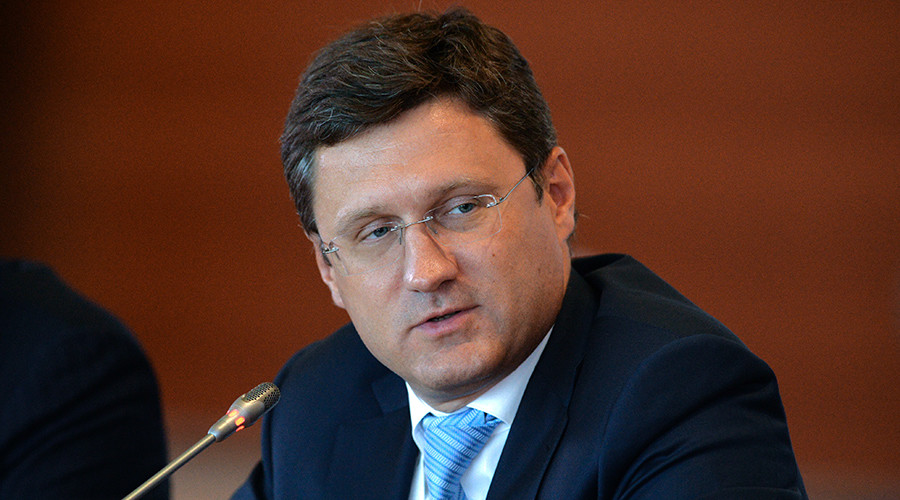Next year, contraction will slow down to 0.6 percent, while in 2017 the Russian economy will recover to a 1.5 percent growth rate, according to World Bank’s latest Russia Economic Report, issued Wednesday.
The bank also expects the Russian ruble to strengthen to 58.2 rubles (about 13 percent) to the US dollar in 2017, with capital outflow reduced to $67 billion.
The report praised the Russian authorities for successfully stabilizing the economy and called for sustained structural reforms. There is an opportunity for Russia to benefit from a structural transformation of its economy in the longer term, according to the report.
“The policy response by the authorities successfully stabilized the economy. Monetary policy prevented costly delays in relative price adjustments, highlighting the importance of the central bank’s commitment to inflation targeting in the context of a flexible exchange rate regime,” the World Bank lead economist for the Russian Federation and the main author of the report Birgit Hansl said.
Maintaining fiscal sustainability will become an especially pressing challenge in the light of low oil prices, according to the report. This will also be necessary for the proposed 2016 budget.
READ MORE: Russia’s Nabiullina named Central Bank Governor of the Year
“In the short-term, strong signals indicating the government’s commitment to regulatory discipline and to policies that facilitate the macroeconomic adjustment process would speed up the recovery of private sector confidence and promote investment despite tight financial conditions,” said the report.
Growth in the Russian economy is possible even in the fourth quarter of 2015, Russia’s Deputy Prime Minister Igor Shuvalov told journalists on Wednesday. He added that the Russian government is more interested in sustainability than statistics.
“We are concerned about a steady pace of growth so that we could come out of recession and move to the phase of growth. The rates of growth in 2016 are surely important, but sustained growth is more important for us,“ said the minister.
Article source: http://www.rt.com/business/317063-russia-recovery-wb-report/?utm_source=rss&utm_medium=rss&utm_campaign=RSS

